Experience the roller coaster of the gaming world
Experience the roller coaster of the gaming world
Latest on Blog

Top Apps: The Must-Have Applications in 2025
Discover the top apps of 2025: TikTok, Instagram, YouTube, Spotify, Netflix, Discord, and more essentials for entertainment, productivity, and creativity.
August 30, 2025
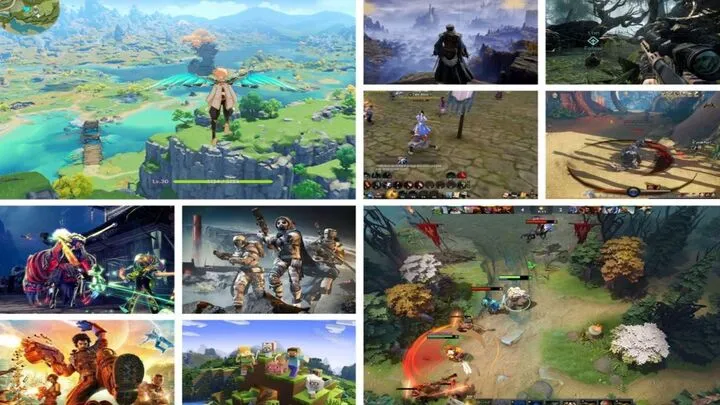
Top Games: The Must-Play Titles You Can’t Miss in 2025
August 30, 2025
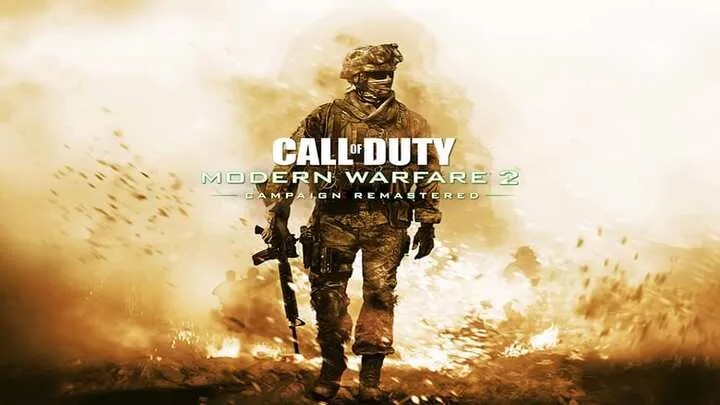
Tips & Guides: Mastering Call of Duty – Secrets Every Player Should Know
August 30, 2025
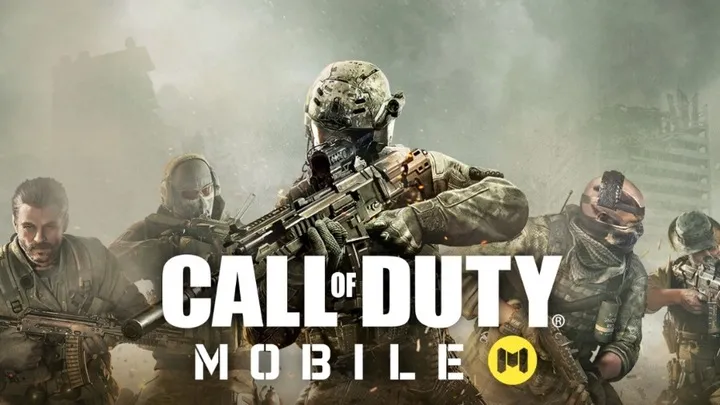
How to Master Call of Duty: Essential Skills, Strategies, and Secrets for Every Player
August 30, 2025
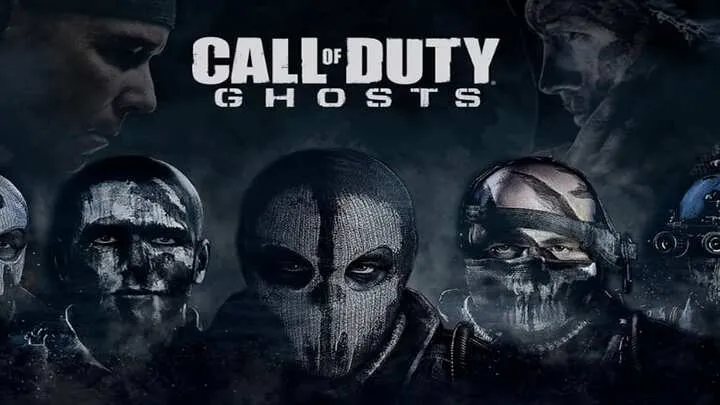
News: Call of Duty in 2025 – The Legacy and the Future of a Gaming Titan
August 30, 2025

How to Master My Talking Tom Friends 2: A Comprehensive Guide
August 30, 2025

Top 10 Productivity for Students Apps in 2025 Enhancing Study Life
August 30, 2025
Latest review
Editor Choices

Brawl Stars
Brawl Stars is a prime example of how to design a mobile-first competitive game that remains fun in both casual and hardcore contexts
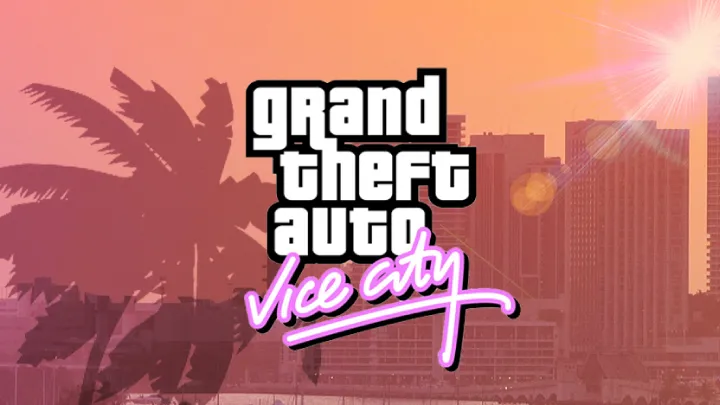
Grand Theft Auto: Vice City
Grand Theft Auto: Vice City is not just a game—it’s a time capsule. By blending stylish visuals, an unforgettable soundtrack, and groundbreaking freedom, Rockstar delivered an experience that shaped modern gaming.

The Sims™ 4
The Sims™ 4 is a captivating life simulator that excels in creativity, customization, and emotional storytelling, offering endless possibilities for builders and storytellers.

League of Legends
League of Legends is more than a game — it’s a global phenomenon and a living blueprint for sustained multiplayer success
Welcome to galaxygameh5.com, your compass for comprehenscoupled with the latest industry news. Our mission is to provide you with insightful analysis and valuable insights, enriching your digital journey.
Latest Reviews
Contact Us
© 2025 galaxygameh5.com - All Rights Reserved